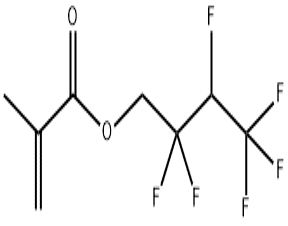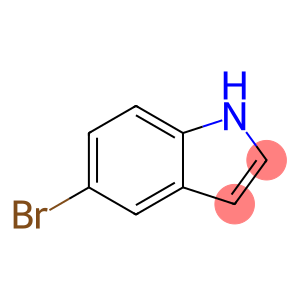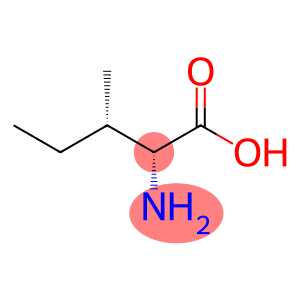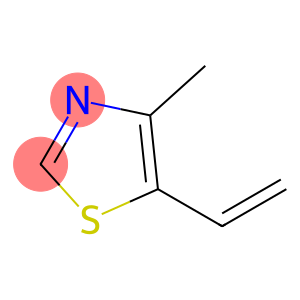2-Phenethyl propionate(CAS#122-70-3)
| Hazard Symbols | Xi – Irritant |
| Risk Codes | 36/38 – Irritating to eyes and skin. |
| Safety Description | S26 – In case of contact with eyes, rinse immediately with plenty of water and seek medical advice. S36 – Wear suitable protective clothing. S24/25 – Avoid contact with skin and eyes. |
| WGK Germany | 2 |
| RTECS | AJ3255000 |
| TSCA | Yes |
| HS Code | 29155090 |
| Toxicity | LD50 orl-rat: 4000 mg/kg FCTXAV 12,807,74 |
Introduction
2-Phenylethylpropionate, also known as phenypropyl phenylacetate, is an organic compound. The following is an introduction to its properties, uses, manufacturing methods and safety information:
Quality:
Appearance: 2-Phenylethylpropionate is a colorless to light yellow liquid.
Solubility: It can be dissolved in organic solvents such as alcohols and ketones, but not in water.
Use:
As a solvent: 2-phenylethylpropionate can be used as a solvent and is widely used in inks, coatings, paints and adhesives.
Raw material in chemical reactions: It can also be used as a raw material in chemical reactions for the synthesis of other compounds.
Method:
2-Phenylethylpropionate can be obtained by esterification of phenylethyl ether with acrylic acid. The specific step is to add phenylethyl ether and acrylic acid to the presence of an acid catalyst and heat the reaction to obtain 2-phenylethylpropionate.
Safety Information:
2-Phenylethylpropionate may be irritating to the eyes and skin and should be rinsed with plenty of water immediately after contact.
If an excess of 2-phenylethylpropionate is inhaled, the patient should be moved immediately to fresh air and, if necessary, seek medical attention.
During use, contact with fire sources should be avoided.
2-Phenylethylpropionate should be stored in a cool, dry, well-ventilated place, away from fire and oxidants.








